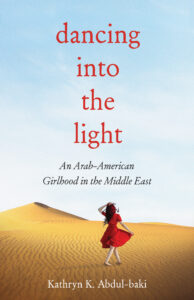 McLEAN, VIRGINIA – In her compelling new memoir “Dancing Into the Light: An Arab-American Girlhood in the Middle East,” (She Writes Press, Sept. 5, 2023), acclaimed author Kathryn K. Abdul-Baki shares her multi-cultural coming-of-age story of belonging to two vastly different cultures, finding her place within both, and the search to find the inherent harmony in worlds at odds with each other.
McLEAN, VIRGINIA – In her compelling new memoir “Dancing Into the Light: An Arab-American Girlhood in the Middle East,” (She Writes Press, Sept. 5, 2023), acclaimed author Kathryn K. Abdul-Baki shares her multi-cultural coming-of-age story of belonging to two vastly different cultures, finding her place within both, and the search to find the inherent harmony in worlds at odds with each other.
Set against the backdrop of the early American presence in Iran under the Shah, and the burgeoning years of Kuwait’s early oil boom, “Dancing into the Light” is Kathryn’s memoir of growing up within both the expatriate Western communities and the larger Middle Eastern society of Kuwait and Jerusalem. She is already caught in both the joys of and the struggle to be both Arab and American, yet not fully either, when her young life of promise is disrupted by tragedy. But instead of derailing her life, her mother’s death opens the door to deeper love and support from other places within Kathryn’s family.
“Dancing into the Light” is a story of love, loss, and renewal, and of overcoming devastating early trauma through music, dancing, and the love and devotion of strong American and Arab women.
Praise for Kathryn K. Abdul-Baki’s previous works:
“A promising debut collection…Place and character are vividly evoked and the distinct flavor of a different culture well caught…” – Kirkus Reviews on “Fields of Fig and Olive”
“It is difficult to heap enough praise on this author for her astonishingly vivid depictions of landscape and her ability to evoke spirit of place.” – Seattle Times on “Fields of Fig and Olive”
“Dancing Into the Light:
An Arab-American Girlhood in the Middle East”
Kathryn K. Abdul-Baki | Sept. 5, 2023 | She Writes Press | Memoir
Paperback | ISBN 978-1-64742-537-1 | $17.95
Ebook | ISBN 978-1-64742-538-8 | $9.95
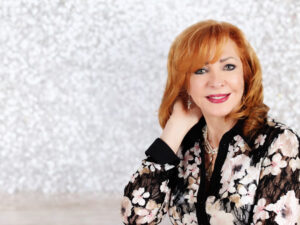 Kathryn K. Abdul-Baki was born in Washington D.C. to an Arab father and an American mother. She grew up in Iran, Kuwait, Beirut, and Jerusalem where she attended Arabic, British, and American schools. She attended the American University of Beirut, Lebanon, has a BA in journalism from George Washington University in Washington D.C., and an MA in creative writing from George Mason University, Virginia. As an astute observer of two distinct cultures, she has published five works of fiction, some of which have been taught at universities in multicultural literature, women’s studies, and Arab studies departments. She is the recipient of the Mary Roberts Rinehart Award for short fiction. Abdul-Baki has three grown children and resides with her husband in McLean, Virginia. Find out more about her at www.KathrynAbdulBaki.com.
Kathryn K. Abdul-Baki was born in Washington D.C. to an Arab father and an American mother. She grew up in Iran, Kuwait, Beirut, and Jerusalem where she attended Arabic, British, and American schools. She attended the American University of Beirut, Lebanon, has a BA in journalism from George Washington University in Washington D.C., and an MA in creative writing from George Mason University, Virginia. As an astute observer of two distinct cultures, she has published five works of fiction, some of which have been taught at universities in multicultural literature, women’s studies, and Arab studies departments. She is the recipient of the Mary Roberts Rinehart Award for short fiction. Abdul-Baki has three grown children and resides with her husband in McLean, Virginia. Find out more about her at www.KathrynAbdulBaki.com.
In an interview, Kathryn K. Abdul-Baki can discuss:
- Growing up immersed in disparate cultures, navigating cultural mores and values of two very different societies
- How people of diametrically different cultures and faiths can coexist in harmony when there is tolerance and respect for the other
- Dispelling stereotypes of Arab women and misconceptions about Middle Eastern cultures
- Life as a bi-cultural person in the Middle East – Kathryn’s mother was a Southern woman from Tennessee and her father was a Muslim from Jerusalem
- How she has seen Kuwait, Jerusalem and other parts of the Middle East change politically, socially and historically over her lifetime
- Experiences with grief at an early age, and how she found solace following the deaths of her mother and younger brother
- Overcoming devastating early trauma through music and dancing
An Interview with
Kathryn K. Abdul-Baki
Before we dive into everything else, would you please introduce yourself and tell us a little about your background?
My name is Kathryn Karjawally Abdul-Baki. My mother was from Old Hickory, Tennessee, near Nashville, and my father was from Jerusalem. My parents met and married in Washington D.C., where I was born. When I was 4, we moved to the Middle East for my father’s work. I grew up in Iran, Kuwait, Lebanon, and Jerusalem, with trips to Honolulu to visit my American grandparents. I studied in Arab, British, and American schools in Kuwait and Lebanon, and I moved back to the United States with my husband after I got married at age 19 to continue my college education. Although we intended to return to Lebanon to live, the civil war there during the 1970s-80s prevented us from returning, so we stayed in the U.S. After living in New York and Bahrain for a number of years, we moved to Virginia. I have a journalism degree, but after briefly working in a newsroom I found my calling was in writing fiction, so I changed course and did my graduate studies in creative writing. I have written and published five novels, most of them set in the Middle East. This memoir, also set in the Middle East, is my first book of nonfiction.
Your mother was a Southern woman from the United States, and your father was a Muslim man from Jerusalem. What was it like growing up with parents who had two very different cultural backgrounds?
My mother grew up in a family where accomplishment was important – her father was a dentist and her mother had an advanced degree in English and taught at the University level. Her family was relatively worldly, but it was still a shock to her parents when she dropped out of a prestigious university (Vanderbilt and Northwestern). She met and married my father, who had come to the U.S. from Jerusalem to study, in 1951.
Although my father was Muslim, he was not conservative. My mother was agnostic, so there was no religious conflict in our home when I was growing up. We celebrated my mother’s American/Christian holiday traditions as well as my father’s Muslim/Arab holidays. My mother loved the Middle East for its casual lifestyle and family closeness, much as her Tennessee life had been growing up in Nashville and the surrounding towns. My father appreciated the United States as the land of opportunity. Their time in the Middle East in the 1950s and 60s was a time of great growth and change in the Middle East. Western values and lifestyles were influencing middle class Arabs and Iranians.
As a child I felt little of my parents’ cultural differences. But after my mother died when I was 11, my life veered into a much more Arab lifestyle, and my father became much more strict, but only in the sense that I didn’t have the freedom to go to school parties or to date, for instance, which was not part of Arab culture. That became somewhat of an issue for me as a teenager when I felt very different and separate from my American friends because of the Arab values I was expected to adhere to.
You were born in Washington D.C., but your family relocated to the Middle East when you were a child. What are some of your most vivid memories from that time?
We moved to Iran in 1956. As a child, I accepted the new culture and learned to speak Farsi. My father worked for the U.S. Department of Defense to set up English language schools for the Iranian military, so my parents were in Iran as expats. There was a small, thriving American community of military personnel and entrepreneurs in Tehran. Their lives were filled with parties, social obligations, and entertaining, and my earliest memories of Iran are of guests coming to our home and music and dancing in a large garden with a swimming pool, cherry trees, and rows of pansies and strawberries. There were winter trips to the mountain ski slopes, and I remember running with my parents to jump over bonfires set across the city during Norooz, the first day of spring, in the traditional Zoroastrian tradition. I started school in an American expat school in Tehran.
Were there moments of culture shock?
I didn’t experience culture shock until we moved to Kuwait in 1958, where my father started work with an American oil company. In order for me to learn Arabic, since we only spoke English at home and my mother knew no Arabic, my mother enrolled me in an Arabic girls’ school in a fishing village near our expatriate American compound. I was the only non-Arabic-speaking child in the school of Kuwaiti and other Arab girls. At first I had no way to communicate and was very unhappy, but my mother insisted I continue to attend that school, so I learned Arabic quickly. The school’s curriculum included reciting Islamic prayers each morning and singing the Kuwaiti national anthem. Most of my Kuwaiti classmates’ mothers dressed in traditional Arab abayas, long black cloaks draping their heads and bodies, and many wore the black or gold face masks at that time, so they looked completely different from my mother who wore Western clothing and did not cover herself. As a child, I floated back and forth between the two cultures each day – the one in my American-style compound and other in the traditional Kuwaiti lifestyle of the village – and felt at home in both.
How did you navigate the cultural mores and values as a bi-cultural kid growing up in the Middle East?
As a kid, I studied both Arab history and culture in my Arabic school as well as American and European history and culture in my American correspondence curriculum with my expat American friends in our compound. I felt more American, because of my mother’s influence and because our household was very liberal. The Arabic/Islamic mores of the Middle East were secondary to our life, and there wasn’t much I was not allowed to do as a child.
This changed only after my mother died and my father was left to raise me on his own, and reverted to his more conservative upbringing. As a pre-teen and teenager, my liberty was much more curtailed by rules of what I was (or was not) allowed to do as a young Arab girl from a respectable family. That became an issue for me as a teenager once I quit my Arab school and wanted to do more of what my American and British friends were doing socially. I was “different” according to my father, since he regarded me as an Arab, and I was not allowed to participate in parties at school. That’s when my life as a bi-cultural child started to conflict with my earlier American upbringing.
Did you realize when you were a kid that your family’s dynamic was somewhat unique compared to other families?
I had more freedom than some of my Arab cousins in Jerusalem because of my American lifestyle in our expat compound in Kuwait. None of my American friends in our residential compound spoke any Arabic, and only one attended my Arabic girls school for a short period. So, I was aware of having both lifestyles inside me and having to adhere to both, depending on where I was at any given time. It was often lonely because I felt “different” from both my Arab and American friends since I was not totally either. It often made me feel isolated and alone.
How do you explore the concept of coexistence in your book?
I have very tolerant families, both American and Arab, so I tried to show how everyone got along and respected each other’s backgrounds, although few on either side of my family had done any international travel. My Arab family always accepted and respected my mother’s American heritage. My Arab aunts and uncles knew that I was different because of my American mother and accepted that. My American extended family, while less exposed to the Arab way of life, also accepted my Arab heritage. Occasionally I saw that the two cultures had different ideas of what values to instill in us children, but nobody ever made an issue of the fact that I had to straddle both cultures, and they good-naturedly acknowledged the differences I held within myself. In my memoir I try to show the tolerance on both sides that allowed me to feel comfortable in both cultures.
What are some common (but inaccurate) stereotypes of Arab women? How do you dispel those stereotypes? How do you navigate people who are unwilling to hear your efforts to dispel these stereotypes?
The Arab world is large and varied culturally so Arab women come from very different backgrounds. A woman from Saudi Arabia or Yemen or the Arab Emirates, might have a different historical background and reference than a woman from Egypt, Syria, Lebanon or Palestine. There are more liberal Arab societies and more conservative ones, and even within one society there are different values depending on one’s education, social class, etc. But one concept often prevalent in the West is that Arab women are downtrodden and weak, or powerless. This is not true. Arab women are extremely strong and resilient and whether in the home or in employment have a good deal to say and decisions to make. Even the homemakers among my aunts and my father’s cousins were in charge of large households and many held jobs. While none of the older Arab women I grew up with “dated” in the American sense, or had powerful jobs outside the home, I saw the women as powerful and very nurturing of all the extended family. Most of the women of my generation worked as well as took care of homes.
When I first came to this country (the United States) after growing up in the Middle East I was often asked, “How was it growing up with all that oppression of women?” I was surprised because I’d never actually seen women in my family being oppressed, although I was aware some other women were. Especially women of less financial means or from conservative villages. But I never felt I was prohibited from following a career path or anything else I wanted to do. I grew up in Beirut and Kuwait in the late ‘50s, ‘60s, and early 70s where we wore what we wanted, within limits. In Beirut, miniskirts on the streets or bikinis on the beach was perfectly fine. In Kuwait, one had to be modest in public – no shorts for women in the streets – but within our expat compound women could mostly dress any way they pleased.
That said, there also is much need to expand women’s rights across the Middle East, as in most societies. Work is being done to expand punishment for crimes against women and there are great efforts and legislation being expanded to end child-marriage, often still prevalent in some segments of societies, or honor killing, when a female in the family is killed for sexual transgressions. Much more needs to be done and it can’t come soon enough.
You experienced grief at a very young age, first with the death of your brother after an experimental heart surgery and then with the death of your mother from cancer. Can you discuss how your family — especially the women — supported you during those times of loss and trauma? How can we learn from their approach?
You never expect such sad things to happen to your family, but they do. My brother died unexpectedly at the age of 2 when I was 9. Then my mother developed cancer. My mother had to come to the United States for treatment when I was 10 which left me alone with my father at home in Kuwait for much of the time.
We had a housekeeper from the Mount of Olives who was like a second mother to me. Also, my father’s sisters in Jerusalem were very supportive, and my father’s older unmarried sister came to Kuwait and stayed with us for months each year, and became another mother to me. All of my father’s sisters and female cousins in Jerusalem became surrogate mothers. All of them had adored my American mother and respected the fact that I’d been brought up differently than they or their children had, and so nobody ever tried to change me or make me more Arab than I was.
My American grandmother living in Honolulu wrote to me constantly and sent me books and records and tape recordings (no internet in those days) of her talking to me, so she was a constant presence in my life. She still regarded me as “American,” and had a more difficult time watching me become a teenager and adapting more “Arab” habits, such as being slightly more modest or demure than she would have expected. I still wore shorts and had an American outlook, but I wasn’t allowed to date, for instance, and she worried that my father’s more conservative upbringing would hinder my personal growth. But all of my female relatives on both sides of my family stepped in as surrogate mothers, and I owe a lot to their love and care. In addition, when my father eventually remarried, his Arab wife was a kind and loving step-mother and her mother and four sisters became big influences in my life. Her sisters were professionals – lawyers, painters, photographers –so I grew up with even more Arab female role models to emulate.
Your book opens and closes with memories of dancing. How has dance played a role throughout your life? Where did that passion come from?
Dancing and music was an intrinsic part of my family life ever since I can remember. My father was a good dancer and had taken ballroom dance lessons in college and he and my mother held frequent dance parties in our home in Tehran and later in Kuwait. Everyone danced at parties it seemed to me, both the Latin American dances of tango and cha-cha and samba, or Arabic dances such as Lebanese line-dancing called dabke, or belly dancing. I thought every family danced because my parents did. My father particularly liked Harry Belafonte’s island tunes and I grew up with Belafonte being played regularly on our stereo. My father’s love of dance continued even after my mother died, and our family dance parties with friends and extended family became a solace to both of us during that sad time. My father would light up whenever he danced, so I feel he passed that on to me. I often accompanied him as a preteen and teenager to adult dance parties in our expat community in Kuwait. Dancing was a way of life for me, although I had only sporadic formal dance lessons as a child. As an adult I took up dancing again and began to teach Latin social dancing and Argentine tango. Men who dance like my father still feel wonderful to dance with and bring back all my joyful childhood memories.
How has the Middle East changed since your upbringing?
The Middle East was a peaceful and happy place when I was growing up in Kuwait, Iran, Jerusalem and Lebanon. We would read about the Vietnam war and other conflicts and feel lucky it didn’t touch us.
On my trips to Hawaii as a child to visit my grandparents, I often attended the local public school for a month or so because my Kuwait schools didn’t start until after the hottest months were over. In the early 60s, children in American public schools were trained to take cover in case of a nuclear attack. This seemed very odd to me. I felt relieved that in my Arab home and schools we never had to fear such total destruction.
The Six Day War in 1967 when I was 15 changed my Jerusalem family’s life forever. East Jerusalem became part of Israel rather than Jordan and many of my Arab cousins left for work and opportunities elsewhere. There have been major wars in Kuwait, Lebanon, Iran and Iraq since I left which have caused a major brain drain in the region. Yet, the Middle East remains very dear to me and I visit whenever I can.
PRAISE FOR KATHRYN ABDUL-BAKI’S PREVIOUS BOOKS
“Fields of Fig and Olive”
“The stories offer insights into the cloistered world of Arab women…how women find means of expressing themselves in severely circumscribed settings.”
– Los Angeles Times Book Review
“In her Middle East world, sexual roles are sternly defined and jealously protected. But you don’t have to be antediluvian to love the exotic settings and the humanity of the people in the 14 stories by Abdul-Baki. She has been blessed with the ability to make foreignness familiar.”
– Chicago Sun-Times
“An excellent ‘translator’ of Middle East sensibilities, particularly those of women. Her politics are feminist, her theme is human ethics, and her writing is finely honed.”
– Ms. Magazine
“This collection is truly a breakthrough in the world of Middle Eastern literature…written in English by someone who has a foot planted…in both the West and the Middle East.”
– Rocky Mountain News
“She challenges Western ways of thinking about the nature and behavior of Arab women and men and causes us to question some of our assumptions about the intricate relationships of families and lovers.”
– The Trenton Times
“Abdul-Baki’s skillful and realistic presentation of characters, along with her masterly use of flashback and other narrative techniques, contributes to making her collection one of the most successful of its kind.”
– World Literature Today
“Tower of Dreams”
“She is a skilled craftsman…The spirit of place and landscape are palpable…she shines in her ability to penetrate the psyche of young Arab women.”
– Seattle Times
“Ghost Songs”
“A tranquil and beautiful novel…[it] gradually heats up into a thorough and tense examination of cultural mores—both Arabic and American—without ever becoming judgmental.”
– Philadelphia City Paper
“She presents Arab culture…in narratives of exquisite technique, deep insights, and beautiful English…it bids fair to establish her as an Arab-American fiction writer worthy of wide recognition.”
– World Literature Today

A former award-winning journalist with national exposure, Marissa now oversees the day-to-day operation of the Books Forward author branding and book marketing firm, along with our indie publishing support sister company Books Fluent.
Born and bred in Louisiana, currently living in New Orleans, she has lived and developed a strong base for our company and authors in Chicago and Nashville. Her journalism work has appeared in USA Today, National Geographic and other major publications. She is now interviewed by media on best practices for book marketing.
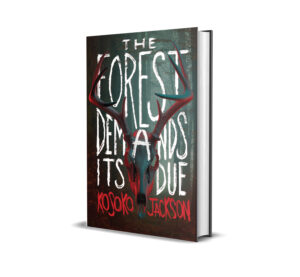 NEW YORK CITY, New York
NEW YORK CITY, New York
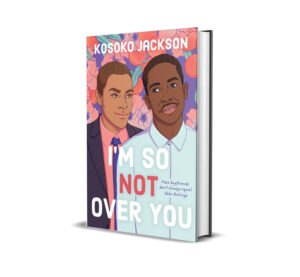 “Jackson jumps from an outstanding YA debut with Yesterday Is History to deliver a delightfully outrageous romantic comedy full of pop culture references, strong families, and a ride-or-die BFF.”
“Jackson jumps from an outstanding YA debut with Yesterday Is History to deliver a delightfully outrageous romantic comedy full of pop culture references, strong families, and a ride-or-die BFF.” 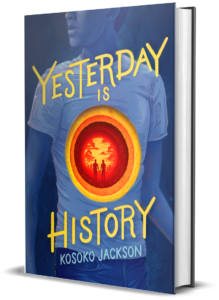 A Junior Library Guild Gold Standard Selection!
A Junior Library Guild Gold Standard Selection!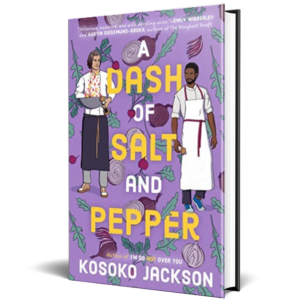 “Jackson’s sexy grumpy/sunshine romantic comedy will grab readers from the first page. Highly recommended for all collections.”
“Jackson’s sexy grumpy/sunshine romantic comedy will grab readers from the first page. Highly recommended for all collections.”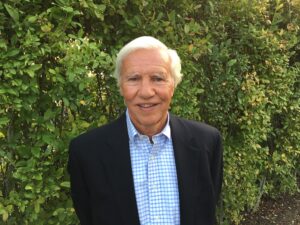 T.C. MORRISON
T.C. MORRISON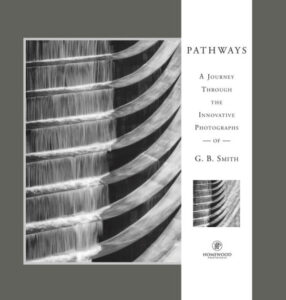 Ellicott City, MD
Ellicott City, MD G.B. Smith
G.B. Smith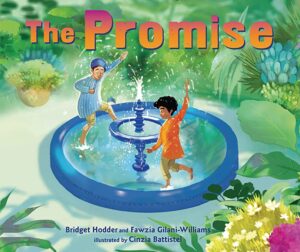 BOSTON, MA
BOSTON, MA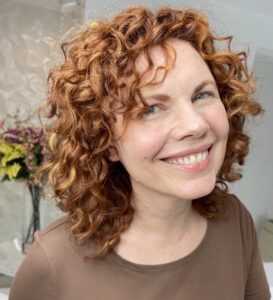 BRIDGET HODDER
BRIDGET HODDER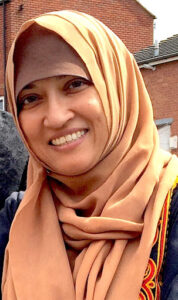 FAWZIA GILANI-WILLIAMS, PhD:
FAWZIA GILANI-WILLIAMS, PhD: 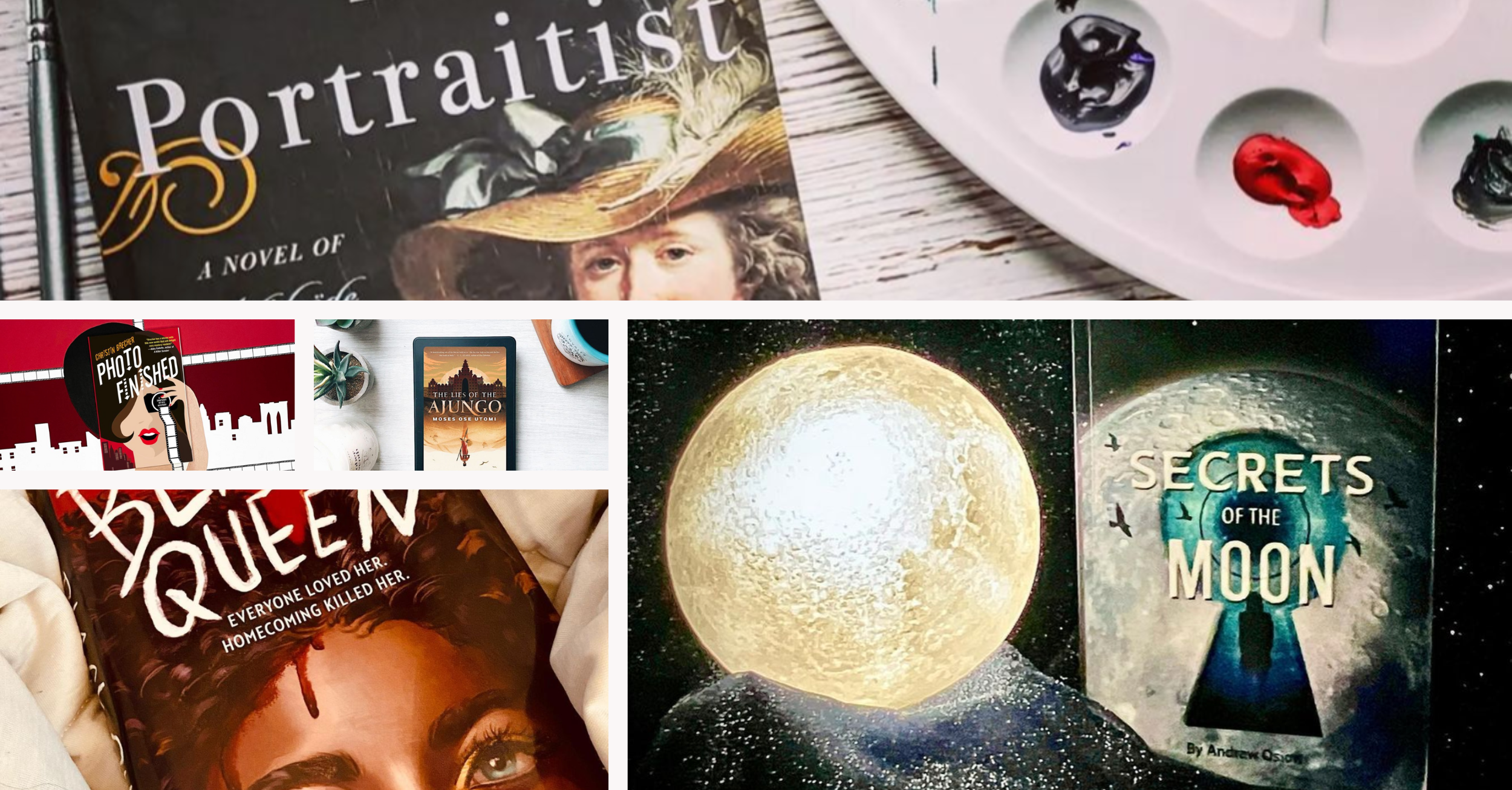





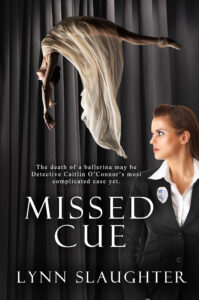 LOUISVILLE, KY
LOUISVILLE, KY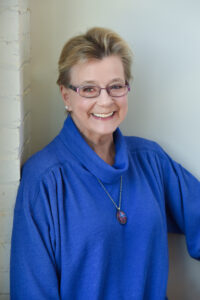 Lynn Slaughter
Lynn Slaughter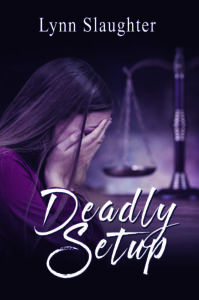 Deadly Setup
Deadly Setup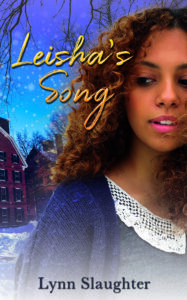 “Lynn Slaughter’s knowledge, love, and passion for music are evident in Leisha’s Song. Adept at striking the right balance between tough social issues and young love, Slaughter orchestrates a tale that harmonizes issues of racism, abandonment, and abuse with the power of love and beauty of music in this young adult romantic suspense novel where two young lovers must dig through generations of hatred and intolerance to uncover the truth and solve a mystery with life and death consequences.”
“Lynn Slaughter’s knowledge, love, and passion for music are evident in Leisha’s Song. Adept at striking the right balance between tough social issues and young love, Slaughter orchestrates a tale that harmonizes issues of racism, abandonment, and abuse with the power of love and beauty of music in this young adult romantic suspense novel where two young lovers must dig through generations of hatred and intolerance to uncover the truth and solve a mystery with life and death consequences.”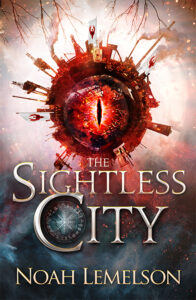 Los Angeles, CA
Los Angeles, CA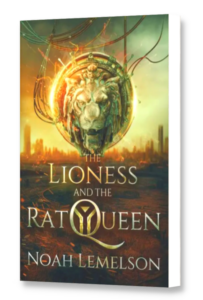 “Sure to entertain any fan of gritty speculative fiction.”
“Sure to entertain any fan of gritty speculative fiction.”  Noah Lemelson
Noah Lemelson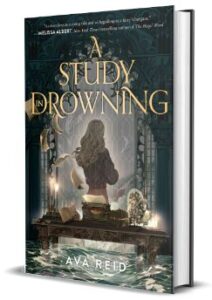 Stanford, CA
Stanford, CA AVA REID
AVA REID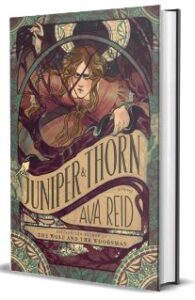 *Most Anticipated by: Tor, Goodreads, Buzzfeed, Gizmodo, Bustle, Paste Magazine, and LitHub* *An Indie Next Pick* *A Barnes & Noble Speculative Fiction Pick*
*Most Anticipated by: Tor, Goodreads, Buzzfeed, Gizmodo, Bustle, Paste Magazine, and LitHub* *An Indie Next Pick* *A Barnes & Noble Speculative Fiction Pick* 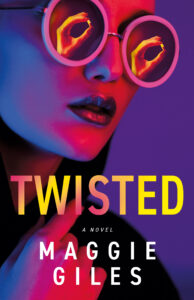 ONTARIO, Canada
ONTARIO, Canada Maggie Giles
Maggie Giles
